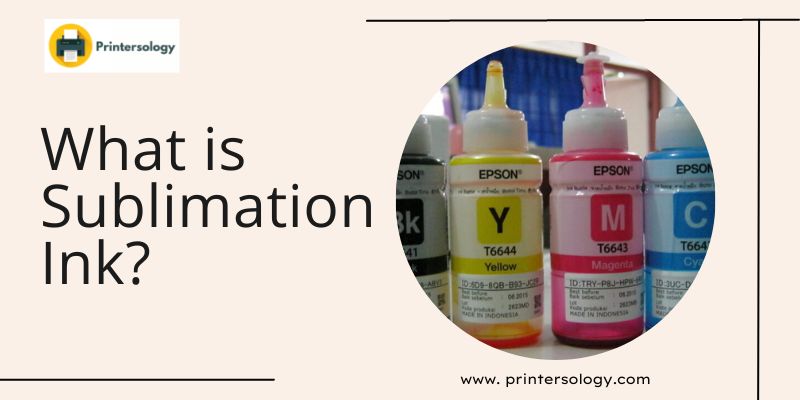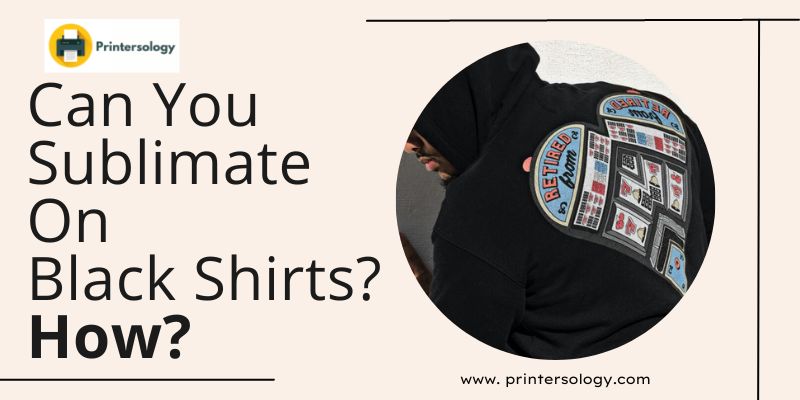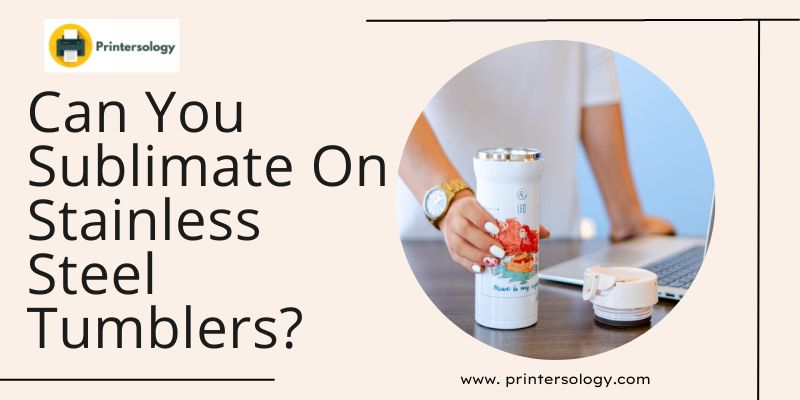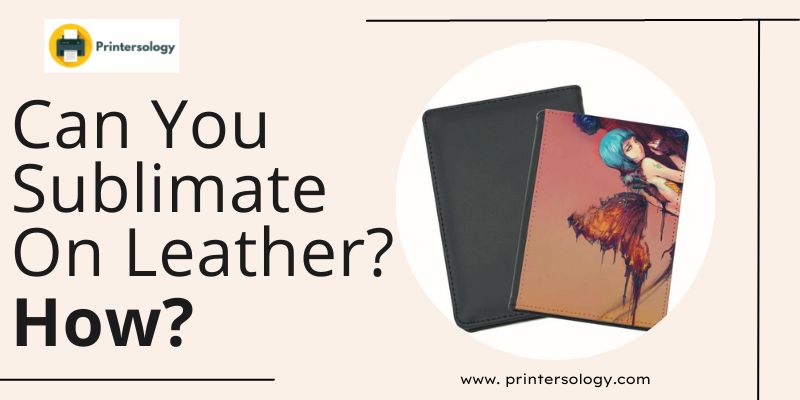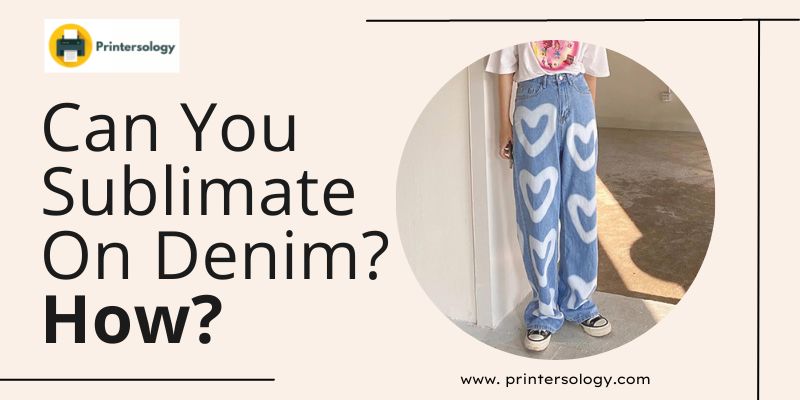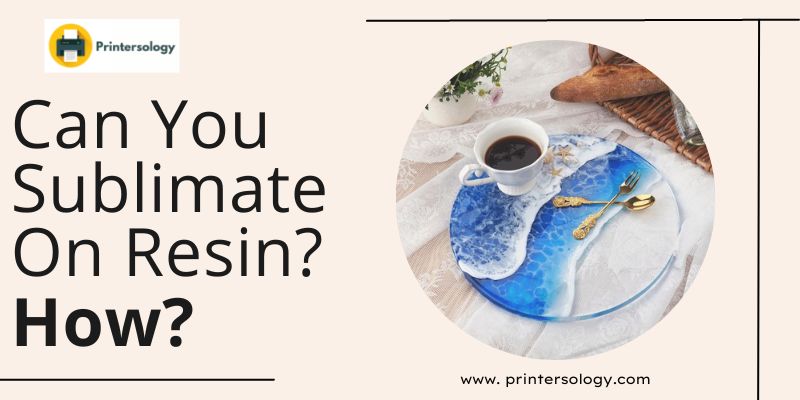How To Sublimate On Metal & Which Mistakes You Should Avoid?
Can you do sublimation on metal? Yes, of course! You can easily perform sublimation printing on metallic surfaces. You just have to do polyester coating on them or you can buy already coated sublimation blanks, and they are ready to use for sublimation.
However, there are certain aspects, risks as well as practices that need to be exact and right to have the best results. Whether it is choosing the right kind of sublimation coating for your metal or using metallic blanks, sublimation printing on metallic surfaces can be tricky, especially for beginners.
But, there is nothing to worry about, as I am here to help you out! I will thoroughly discuss the required equipment and the process in this article. So, ensure that you give this article a detailed read until the end. So, let’s get started!
What We Need For Sublimation Printing On Metals – A Complete List
- Sublimation printer
- Sublimation transfer papers
- Protective non-stick paper
- Heat Resistant tape
- Sublimation coating material
- Heat press
- Gloves
- Metal substrate
A Step-By-Step Guide To Sublimate On Metallic Surfaces
It is as simple as baking a cake. Few things are to be handled correctly, and here you have a freshly-made metallic cup, frame or any other good with your own print.
Step 1 – Poly Coat Your Metal Or Get Metallic Sublimation Blanks
Coatings are the most critical and expensive part of the whole sublimation process on metals. It is done in the following three ways:
Powder Coating: It is the most durable and commonly used kind of coating. The metal is coated with sublimated-friendly powder, mostly polyurethanes, and then charged by applying heat. They help the metal’s surface absorb the dyes’ sublimation effectively.
PVD Coating: Physical Vapor Deposition coating is a process in which a very thin film of solid materials is placed on the metal’s surface. It is charged with high-energy ion beams. Although it is not very resistant to oxygen and moisture, it provides an excellent-quality image on the surface.
E-coating: It is similar to powder coating. It requires coating the metal’s surface with sublimation-friendly liquid and then charging with electric charges. It is also quite challenging, durable and gives out pleasing colors. It is thinner than powder coating, and so is its UV radiation-resisting power.
So, the above are the three kinds of metal surface coating you can do. If you don’t want to coat the metal by yourself, metallic sublimation blanks are a good option. You can buy them!
Metallic Sublimation blanks are polyester-coated metallic items that are ready to use for sublimation. They are already coated with polyester layers.
Step 2 – Print The Design On Sublimation Paper
Now, set up your printer settings with your computer, fill in the inks and print your desired design, landscape, picture or text on the sublimation paper.
The image after printing might look a little faded on the paper. The reason is sublimation printing is not like a thick coating of ink on surfaces like other ordinary printings; it fills in the ink in the minute pores of the polyester paper.
However, when heat is applied, the colors will be restored. Also, ensure that the print is perfectly aligned with the metal piece’s measurements and is a mirror image.
Step 3 – Stick The Printer Paper On The Metal Piece
In this step, remove the protective covering from the surface of the metal and then place the printed side of the sublimation paper on the surface of the metal.
To keep the metal and design paper in place, secure its four sides with heat-resistant sublimation transfer tape.
Step 4 – Set The Metal Piece In the Heat Press
Set the substrate and paper in the heat press. Then adjust it down for a suitable time and temperature to have the best results. It may vary from substrate to substrate but 385 °F for 120 seconds at medium pressure is a great starting point. Start with it and then you can increase or decrease according to the output you get.
Note: Don’t forget to use protective papers over it when heat pressing.
Step 5 – Remove The Metal Piece Carefully With Gloves
As the metal gets heated up faster than other materials, you have to be really careful while handling it. After completing the heat pressing process, wear your thermal gloves and remove your substrate. Let it cool down.
Remove the protective paper first and separate the sublimation paper from the metal’s surface. And here you go, your metal is perfectly printed with your desired design, text or picture.
Read More: Can You Sublimate On Aluminum?
Common Mistakes You Must Avoid
Although sublimation printing on metallic surfaces now might look fun to you, there are certain aspects you must be careful with to have the best colors, quality and durability. So, let’s jump straight to them!
The Right Type Of Sublimation Paper
Sublimation papers come in different qualities and weights. Make sure you go with the ones with at least a 98% transfer rate. As far as weight is concerned, 120g paper is recommended. Try that and see the results, then you can go up or down accordingly.
Note: If you’re sublimating on a dark surface, then HTV (Heat Transfer Vinyl) is recommended instead of sublimation paper.
The Time And Temperature Of Heat Press
The heat press’s time and temperature are critical to have the best results. If they are wrong, not only the color of the image will be dull, but it will quickly fade, and their life span will be short. 90 to 120 seconds at 400 °F are average time and temperature limits, but they can vary depending on the type of metal. So, make sure that you adjust your machine accordingly.
Frequently Asked Questions
1. Can You Do Sublimation On Galvanized Metal?
Yes, you can do sublimation printing on galvanized metal if you poly coat your metal surface before sublimating. Otherwise not possible.
2. Can You Do Sublimation Printing On Metal Surace Without Coating?
No, you can’t. Sublimation printing works on polyester surfaces only, and if you don’t coat the surface with it, the ink won’t be absorbed on the metallic surface. So, coating is an important and mandatory step.
The Final Thoughts
So, this is it. If done rightly, the results of metallic sublimation are just exceptional and elegant. Make sure you choose the suitable coating materials and sublimation papers and adjust the heat press correctly. That’s the key to getting the best results.

